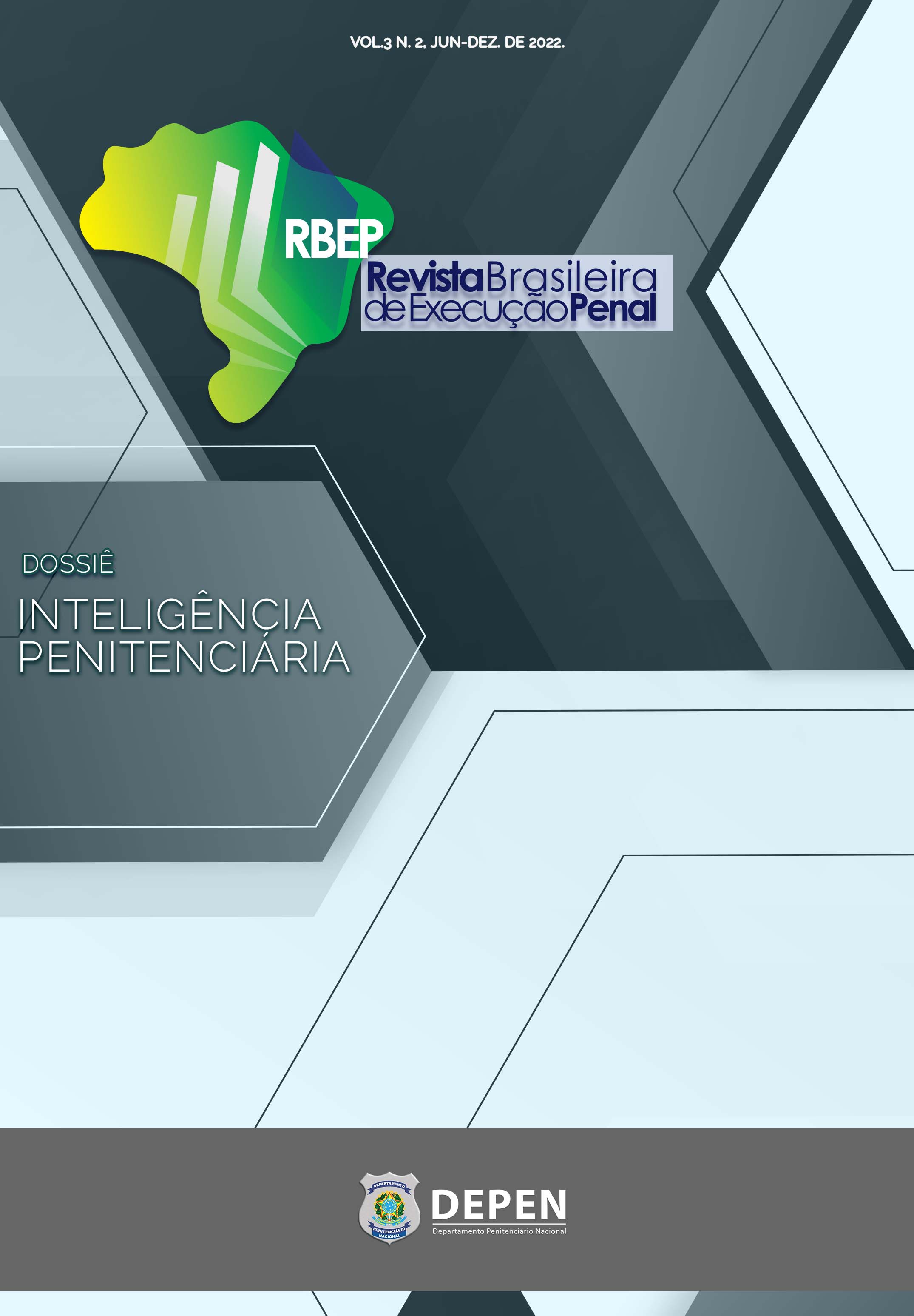Técnicas avançadas de extração de dados
DOI:
https://doi.org/10.56081/2675-1860/rbep.v3.n2.a6Keywords:
Extração de dados. GISOP. SEAP/PB.Abstract
This article aims to demonstrate the different techniques for extracting data from an electronic device that we often have to consider the types of cell phones with numerous access security procedures and the ways they are collected with all kinds of possible and unimaginable physical damage that it needs a well-executed sorting so that it can be used for the best data extraction process that fits the electronic device without data loss, being of fundamental importance the chain of custody that shows the history of the seizure until its disposal. Data extraction has several techniques that can be used individually or combined so that the largest amount of data possible can be extracted with greater efficiency and effectiveness, where we can mention from the Manual technique, passing through Logic, Physics, Chip-Off which also comprises the Join Test Action Group - JTAG and In System Programming - ISP and Micro Reading. Each technique has a unique specificity that understands the real need for what is sought, time and logical and physical conditions of the electronic devices, which despite the differences in techniques we manage to extract data that will be evidence in various objectives ranging from simple data recovery ( backup), a judicial expertise or even data used in the intelligence sector in favor of public security, and regardless of the objective and the chosen technique, it is possible to obtain the data that time are inaccessible or corrupted that, when passing through the phases that go from the Collection, Examination, Analysis and Result that it is possible to transform the media, into data, into information and transformed into evidence being used in the best possible way. In the penitentiary system of the state of Paraíba, the incessant search for data that are available in electronic devices goes through several techniques presented below, being used in an administrative character in proof of serious misconduct according to the Penal Execution Law - LEP and being used by penitentiary intelligence to support managers in making strategic decisions against Public Security in general. The techniques used in practice and the results obtained in 3 years of work in the area will be presented, changing the actions of the Management of Intelligence and Organic Penitentiary Security - GISOP and the Secretary of State for the Penitentiary Administration of Paraíba - SEAP/PB.
Downloads
References
BRASIL. Secretaria Nacional de Segurança Pública. Procedimento operacional padrão – perícia criminal: POP nº 3.2 Exame pericial de equipamento computacional portátil. Brasília, 2013.
BRASIL. Decreto de Lei n. 17.210, de 11 de outubro de 1984, aperfeiçoa a legislação penal e processual penal. Disponível em:<https://bityli.com/dFdHY>, acesso em:12 fev. 2021.
BRASIL. Decreto de Lei n. 13.964, de 24 de dezembro de 2019, que institui a Lei de Execução Penal. Disponível em:< https://bityli.com/RaWip>, acesso em: 08 mai. 2021.
CARRIER, B. C. Basic Digital Forensic Investigation Concepts. Junho de 2006.Disponível em: <https://digital-evidence.org/di_basics.html>, acesso em: 23 jan. 2022.
CASEY, E. Digital Evidence and Computer crime: Forensic Science, Computers, and the Internet. s.l.: Academic Press, 2011.
CRETELLA JUNIOR, José, e CINTRA, Geraldo de Ulhoa, Dicionário Latino – Português, São Paulo, Companhia Editora Nacional, 1956.
FORENSE COMPUTACIONAL, Processo de investigação. Disponível em:< https://bityli.com/tfQrLw>, acesso em 02 jul.2022.
FRANCO, Deivison Pinheiro et al. Introdução à Computação Forense. In: VELHO, Jesus Antonio (Org.). Tratado de Computação Forense. Campinas - Desvendando a Computação Forense. SP: Millenium Editora, 2016. cap. 6, p. 313-385.
ISO/ IEC 27037. Information technology – Security techniques, Guidelines for collection, aquisition, and preservation of digital evidence. Switzerland: 2012.
Apostila do Curso de extração de dados avançados, ministrado pelo professor Jorge Figueiredo pela Academia Forense Digital – AFD.
MAKERBOTE THIGIVERSE, PCB Workstation with Crane Arms. Disponível em: <https://www.thingiverse.com/thing:2111631>, acesso em: 02 jul. 2022.
RAMOS, de Figueiredo, Jorge FAUSTINO, de França Junior, Fausto. Extração forense avançada de dados em dispositivos móveis: Conceitos, fundamentos técnicos, diretrizes, métodos e documentos legais. - Volume 1. Rio de Janeiro, RJ: Brasport. 2022.
TAMMA, R. Skulkin, O. Mahalik, H. Bommisetty, S. Practical Mobile Forensics - A Hands-on Guide to Mastering Mobile Forensics for the iOS, Android, and the Windows Phone Platforms - Third edition: January 2018 - B3 2PB, UK – MAPT – 2018.
TAMMA, R. Skulkin, O. Mahalik, H. Bommisetty. Practical Mobile Forensics Second Edition A Hands-on Guide to Mastering
Mobile Forensics for the iOS, Android, and the Windows Phone Platforms - Second published: May 2016 - Published by Packt Publishing Ltd.
Additional Files
Published
How to Cite
Issue
Section
License
A publicação dos originais na Revista Brasileira de Execução Penal implica na reserva os direitos autorais. Autores têm permissão para a publicação da contribuição em outro meio, impresso ou digital, em português ou em tradução, desde que os devidos créditos sejam dados à RBEP.
O conteúdo dos artigos é de estrita responsabilidade de seus autores.


